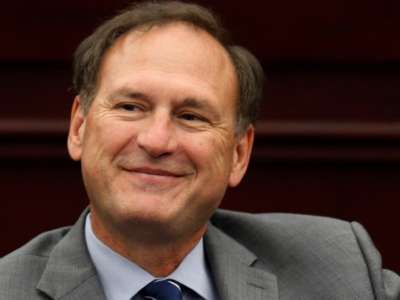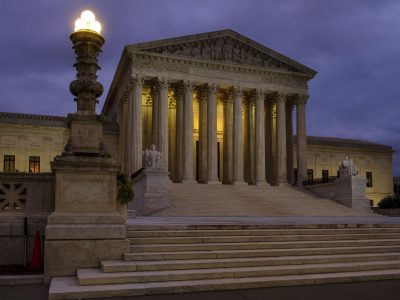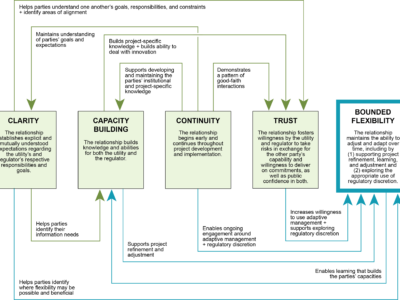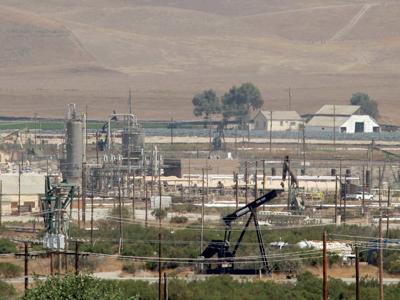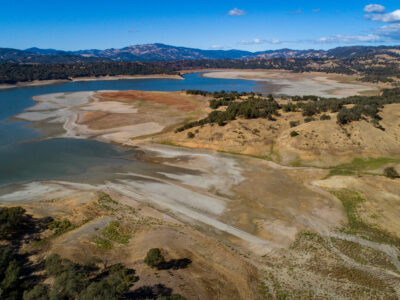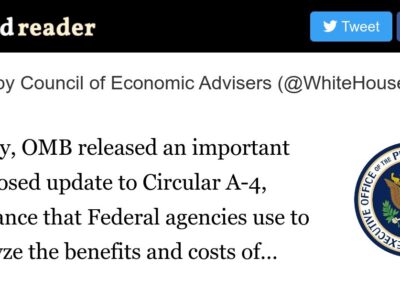Regulation
E-bikes are a Climate Solution – Not a Menace
News stories that frame the rise of e-bikes as one big safety risk are not only short-sighted, they could lead to bad policy.
There’s a dangerous new mobility trend on American streets that’s captured the attention of the New York Times: e-bikes. Or so the Times, and some other media outlets, are suggesting with their editorial choices. “The e-bike industry is booming, but the summer of 2023 has brought sharp questions about how safe e-bikes are, especially for …
Continue reading “E-bikes are a Climate Solution – Not a Menace”
CONTINUE READINGSackett and the Dangers of a New ‘Clear-Statement Rule’
The Supreme Court decision in Sackett v. EPA will be bad for the nation’s wetlands. It is just as bad for democracy.
The Supreme Court decision in Sackett v. EPA limits the Environmental Protection Agency’s ability to defend a large portion of the nation’s wetlands and waterways from pollution. The decision strips key environmental protections from the Clean Water Act by narrowly defining which bodies of water can be regulated under the Act, making it the most …
Continue reading “Sackett and the Dangers of a New ‘Clear-Statement Rule’”
CONTINUE READINGA decade of unraveling the effects of regulation on water innovation
By Michael Kiparsky, with Dave Smith, Nell Green Nylen, Luke Sherman, Alida Cantor, Anita Milman, Felicia Marcus, David Sedlak, Bernhard Truffer, Christian Binz, Sasha Harris-Lovett, Jeff Lape, Justin Mattingly, Dave Owen, Lars Tummers, Buzz Thompson
In a recent post, my colleagues and I reported on our most recent research output in a long series of projects examining the effect of regulation on water innovation. The post describes a new framework for understanding and, ultimately, improving relationships between regulators and wastewater utility managers who are seeking to implement novel technical solutions, …
Continue reading “A decade of unraveling the effects of regulation on water innovation “
CONTINUE READINGHas the Supreme Court Declared Open Season on Interstate Commerce?
How to read a baffling Supreme Court ruling.
If you’re a lawyer or a lower court judge, you know you’ve got a problem when the Supreme Court’s opinion begins with a list of parts of the opinion that do or don’t have a majority, along with a list of what different permutations of judges said what about the issues. The Pork Producers case …
Continue reading “Has the Supreme Court Declared Open Season on Interstate Commerce?”
CONTINUE READINGThe role of regulatory relationships in wastewater innovation
by Nell Green Nylen, Michael Kiparsky, and Anita Milman
Public water and wastewater utilities are increasingly struggling to meet society’s expectations. Their basic infrastructure is aging, budgets are tight, and they face a barrage of stressors, from population growth to climate change and shifting regulatory expectations. What’s more, in addition to performing their traditional function of protecting human health and water quality, many wastewater …
Continue reading “The role of regulatory relationships in wastewater innovation”
CONTINUE READINGEnvironmental Law Again Front-and-Center at California Supreme Court
Local Government’s Authority to Limit Oil & Gas Development To Be Argued Before Justices
For the first two decades of this century, and under the able leadership of former Chief Justices Ronald George and Tani Cantil-Sakauye, the California Supreme Court was quite active in interpreting and shaping California environmental law. That trend had abated in the last few years–coincidentally or not during the height of the COVID epidemic–with only …
Continue reading “Environmental Law Again Front-and-Center at California Supreme Court”
CONTINUE READINGTo Manage Water Scarcity, California Needs a Framework for Fair and Effective Water Right Curtailment
by Nell Green Nylen, Dave Owen, Jennifer Harder, Michael Kiparsky, and Michael Hanemann
After three years of drought, a parade of storms brought flooding, landslides, and a massive snowpack to California. With water temporarily so abundant, it is tempting to push planning for water scarcity to the back burner. But California does not have this luxury. The state’s water management challenges during wet and dry times interrelate, and …
CONTINUE READINGRevamping Cost-Benefit Analysis
Proposed changes will make CBA more climate friendly.
Last week, the Biden White House released proposed changes in the way the government does cost-benefit analysis. CBA has been a key part of rule making for forty years. The proposal is very technical and low-key, but the upshot will be that efforts to reduce carbon emissions will get a leg up. In particular, the …
Continue reading “Revamping Cost-Benefit Analysis”
CONTINUE READINGDoes Upzoning Reduce Housing Prices?
A recent careful study says no, but it suffers from unavoidable data and conceptual problems.
A new study on upzoning is out from the highly-respected Urban Institute, and it doesn’t have great news for YIMBYs: We find that reforms that loosen restrictions are associated with a statistically significant 0.8 percent increase in housing supply within three to nine years of reform passage, accounting for new and existing stock. This increase …
Continue reading “Does Upzoning Reduce Housing Prices?”
CONTINUE READINGU.S. Climate Law: A Broad & Rapidly Growing Field
There’s a lot of law relating to climate change. A lot!
In preparing to teach a course on climate law, I was really struck by how broad and rich the field has become. Back in the day, it was nearly all international law, but nowadays there’s a huge amount of U.S. domestic law. Most people, even those who work on the field, tend to focus on …
Continue reading “U.S. Climate Law: A Broad & Rapidly Growing Field”
CONTINUE READING





